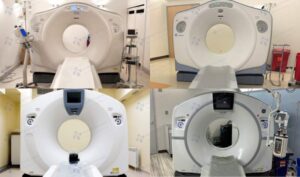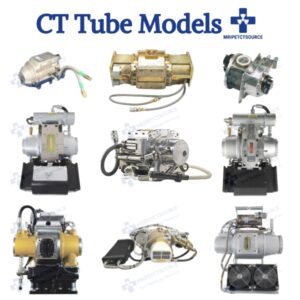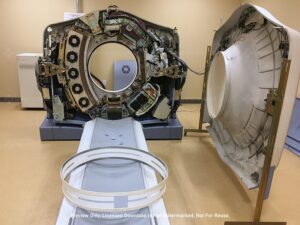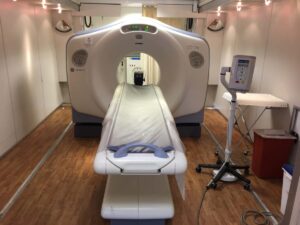In this section, we explore CT scanner components explained, providing a comprehensive understanding of the essential elements that power these advanced medical imaging machines. CT scan machines are complex medical devices that have revolutionized the way medical professionals diagnose and treat medical conditions. A CT scan uses X-rays to produce detailed images of the inside of the body. To understand how CT scans work, it’s important to understand the key components of a CT scanner.
In this article, we explain the key components of a CT scanner and how they work to produce high-definition images of the anatomy.
What Are The Main Components Of A CT Scanner?
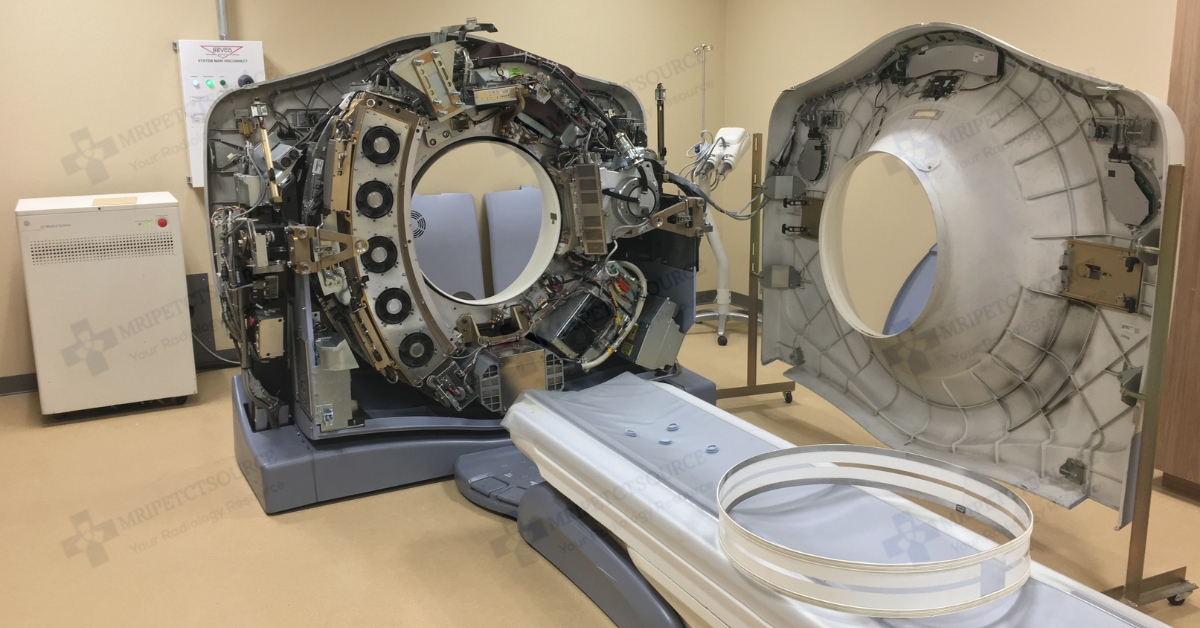
1. CT Gantry
The CT gantry is the component of the CT scanner that houses the X-ray tube and detector. The X-ray tube and detector capture images from various angles by rotating around the body using this large, circular housing.
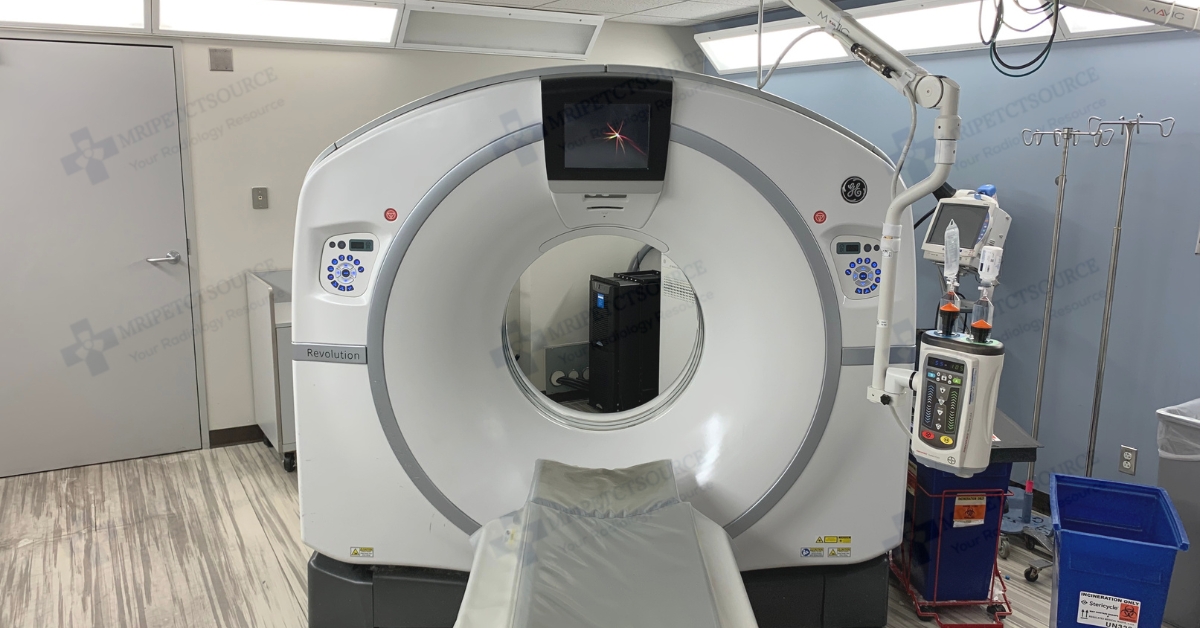
2. CT X-Ray Tube
The X-ray tube produces the X-rays required to create images in a CT scanner. It is the core component of the scanner. A CT X-ray tube is essentially a high-powered lightbulb that produces X-rays when a current is passed through it. The X-ray tube rotates around the body, producing a series of X-ray images from different angles.
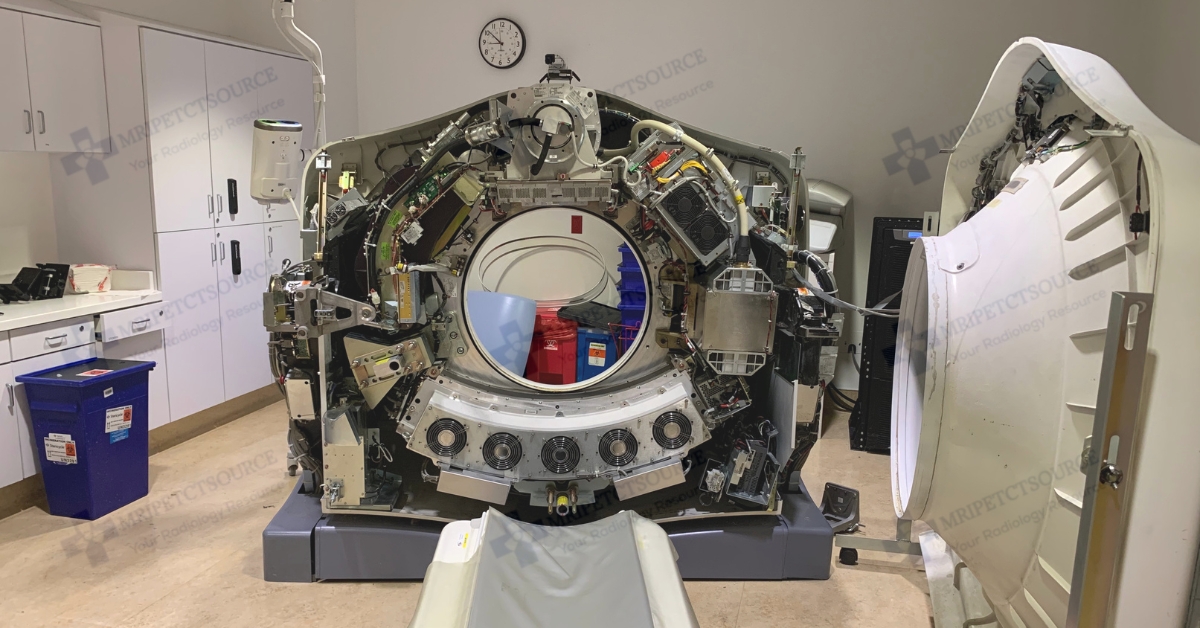
How Does A CT Scanner X-Ray Tube Work?
The CT scanner X-ray tube is a crucial component in medical imaging that generates the X-rays used to create detailed images of the human body. The CT scanner X-ray tube houses a cathode and an anode, which is separated in a vacuum. The cathode is a negatively charged electrode that emits electrons, while the anode is a positively charged electrode that attracts the electrons. When a high voltage is applied to the cathode, it emits a stream of electrons, which are then accelerated towards the anode by the electric field created by the voltage difference.
When the electrons collide with the anode, X-rays are produced. The X-rays are high-energy photons that can penetrate through solid objects and produce an image on a film or digital detector. In a CT scanner, the X-rays are directed through the patient’s body and onto a detector, where they are captured and processed to create a cross-sectional image of the patient’s body.
The X-ray tube in a CT scanner is designed to rotate around the patient’s body, producing a series of X-ray images from different angles. The images are then processed using advanced computer algorithms to produce a detailed, three-dimensional image of the patient’s body.
This CT scanner component produces high-quality, filtered X-rays that are safer for the patient. The tube is made from materials that are specifically chosen to reduce the amount of X-rays that are scattered, ensuring that the images produced are as clear and detailed as possible. Additionally, the X-ray tube is carefully positioned and shielded to minimize the exposure of the patient and the operator to X-rays.
CT tube (In)efficiency
Did you know that a CT tube is less than 1% efficient at producing X-rays during a CT scan?
That’s right! Over 99% of the energy used to power the X-ray tube is lost, primarily converted into heat and sound.
During a typical 5-minute CT scan, the heat generated inside the CT tube can reach temperatures as high as 1,800 degrees Fahrenheit (982 degrees Celsius).
To manage this intense heat, sophisticated cooling systems are employed to ensure the equipment operates safely and effectively. These cooling systems often use oil or water to dissipate the heat, maintaining the CT tube within safe temperature limits.
The X-ray tube’s design and performance are critical factors that influence the quality and speed of medical imaging.
3. Patient Table
The patient table is the component of the CT scanner that the patient lies on during the scan. It moves through the gantry to allow the X-ray tube and detector to capture images from different angles. A flat, hard surface typically makes up the patient table. It may also have a headrest to assist in keeping the patient still during the scan.
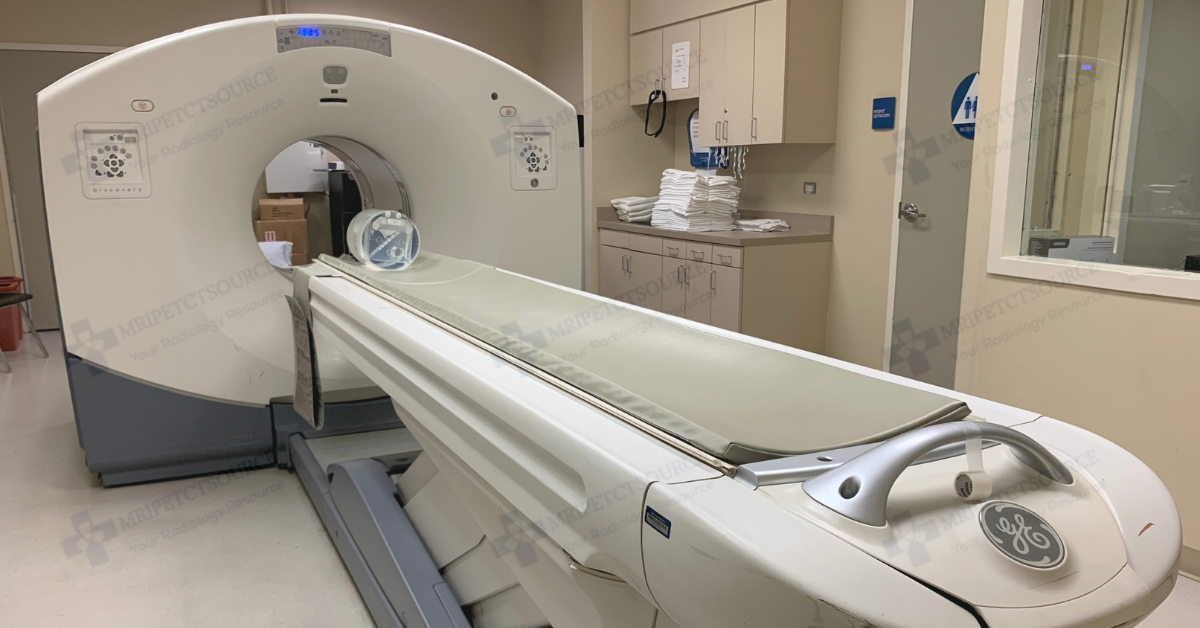
4. CT Detector and Data Acquisition System (DAS)
The detector is responsible for capturing the X-rays produced by the CT tube and converting them into an electrical signal . It consists of photodiodes that detect gamma rays and convert them into an digital signal. Image data is then sent to Data Acquisition Subsystem (DAS) for collection and processing.
The detector produces electrical signals, and the Data Acquisition System (DAS) captures them. The DAS converts these signals into images by using complex algorithms to process the data. The images show the body’s structure and composition. A computer screen displays out the images produced by the DAS.
How Does a CT Data Acquisition System Work?
Multiple detectors make up the CT DAS, and they consist of scintillating crystals such as cadmium tungstate or lutetium oxyorthosilicate (LSO). Photomultiplier tubes (PMTs) or avalanche photodiodes (APDs) couple with the crystals. The scintillating crystals emit light photons when X-rays pass through the patient’s body, which the PMTs or APDs detect. The system digitizes and processes the detected signals to create the final image
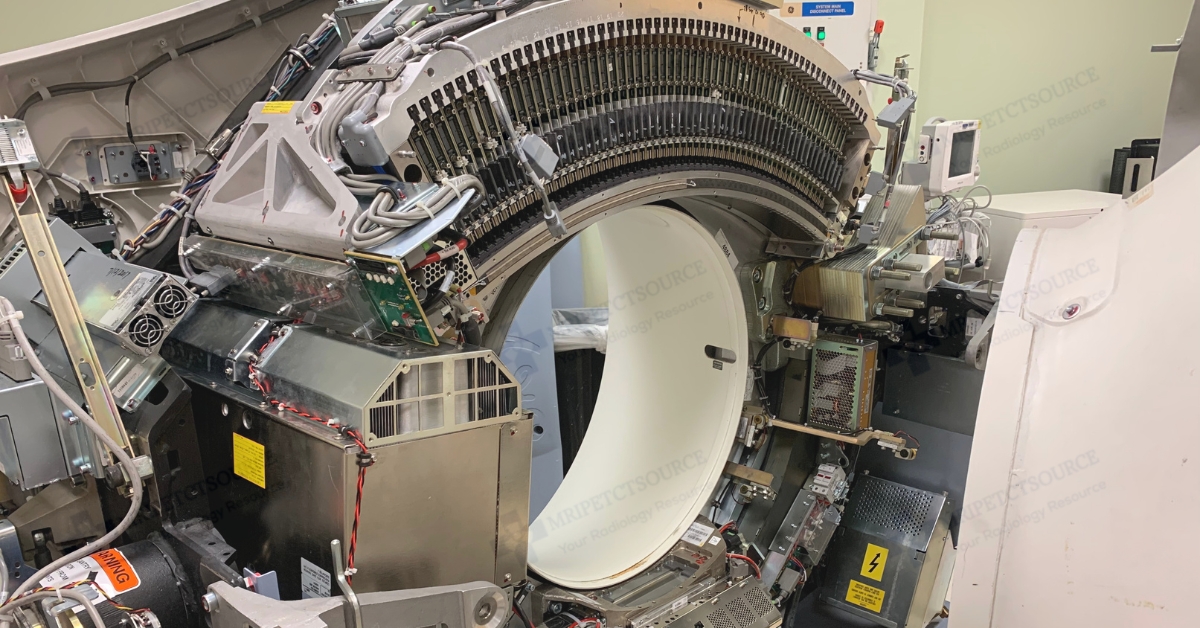
Detectors are arranged in a ring or helical configuration around the patient. This allows for simultaneous acquisition of multiple body views, and fast data acquisition. The detector materials must be highly radiation-resistant to withstand high levels of X-ray exposure without deteriorating over time.
5. Host Computer
The CT scanner host computer controls the imaging process, from data acquisition to analysis. It has a powerful CPU, large RAM, and specialized GPUs. The CPU executes software that controls the CT scanner’s components. The RAM stores and processes vast amounts of data generated during imaging. GPUs accelerate image reconstruction by performing complex mathematical operations in parallel. The host computer may have software tools and algorithms that improve image quality, reduce radiation exposure, and improve diagnostic accuracy. It is a critical component in medical imaging that requires advanced technology and software for rapid and accurate diagnosis.
6. CT Scanner Software
The software used by a CT scanner is an essential component that allows the CT scanner to produce high-quality images. The software controls the X-ray tube, detector, and patient table. Additionally, it processes the images produced by the DAS.
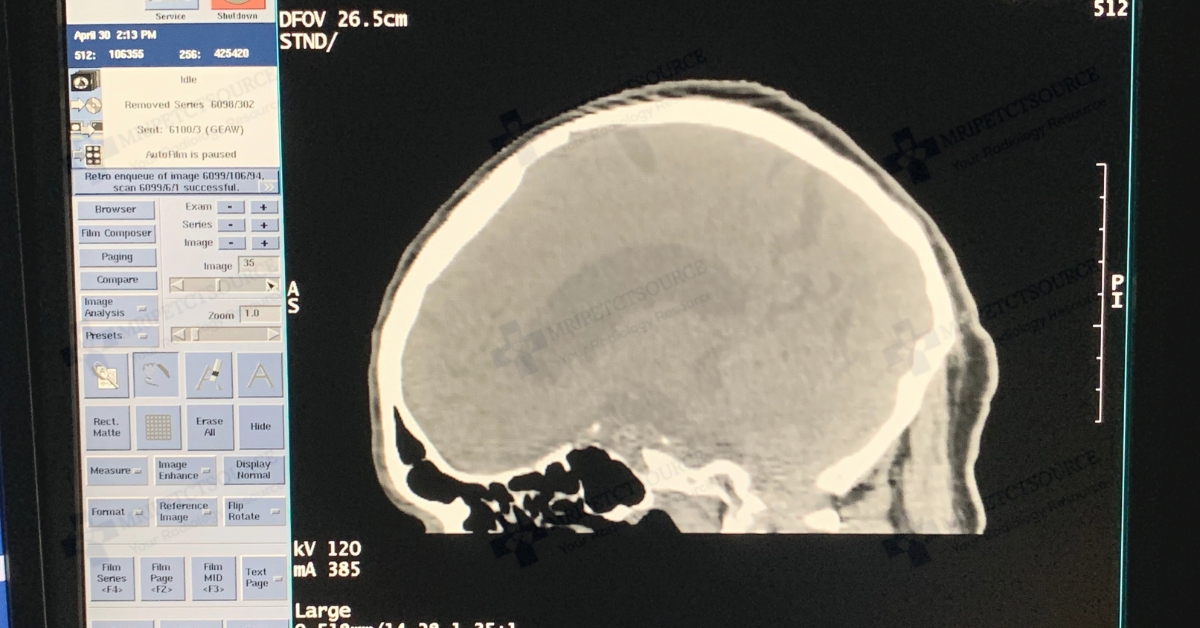
7. PDU (Power Distribution Unit)
The power distribution unit (PDU) modulates incoming 440-480 VAC, 3-phase power to supply appropriate voltages to CT scanner components, including the operator console, system monitors, patient table, CT gantry, and the X-ray tube. These components require varied AC and DC voltages, from 120 VAC to 800 VDC, distributed by a step-down transformer and control board logic within the PDU. Its primary function is to ensure a reliable supply of 120VAC, 208VAC, 440VAC, and 474VAC, with the crucial task of providing a stable high voltage (750vdc) for the CT X-ray tube. This requires the use of a diode bridge rectifier to convert 480vac to 600vdc to 800 vdc, typically located near the patient table and CT gantry.
Overview
In conclusion, CT scanners are complex medical devices that produce high-quality images of the inside of the body. They rely on multiple advanced systems working together to help diagnose medical conditions.
As the demand for medical imaging continues to grow, the role of CT scanner components in healthcare becomes increasingly critical. It is, therefore, essential for healthcare providers and patients to be aware of the importance of these components in ensuring accurate diagnosis and effective treatment.
Are you in the market for a CT Scanner? See our CT scanner price guide for the most up-to-date pricing.
Related resources
- GE CT Scanner Models Reviewed
- CT Scan vs MRI: Which is The Best Diagnostic Tool?
- How Does A CT Scan Machine Work?
- Is a CT Scan Safe?
- Patient Resources Page.
- Top 10 Radiology Blogs
- MRIPETCTSOURCE YouTube Channel
Join the Medical Imaging Source Community!
Subscribe To Our Newsletter To Stay Up To Date With The Latest News, Exclusive Offers, And Giveaways!
The information provided by MRIPETCTSOURCE (“we,” “us,” or “our”) on https://www.medicalimagingsource.com (the “Site”) is for general informational purposes only. All information on the Site is provided in good faith, however we make no representation or warranty of any kind, express or implied, regarding the accuracy, adequacy, validity, reliability, availability, or completeness of any information on the Site. UNDER NO CIRCUMSTANCE SHALL WE HAVE ANY LABILITY TO YOU FOR ANY LOSS OR DAMAGE OF ANY KIND INCURRED AS A RESULT OF THE USE OF THE SITE OR RELIANCE ON ANY INFORMATION PROVIDED ON THE SITE. YOUR USE OF THE SITE AND YOUR RELIANCE ON ANY INFORMATION ON THE SITE IS SOLELY AT YOUR OWN RISK.

